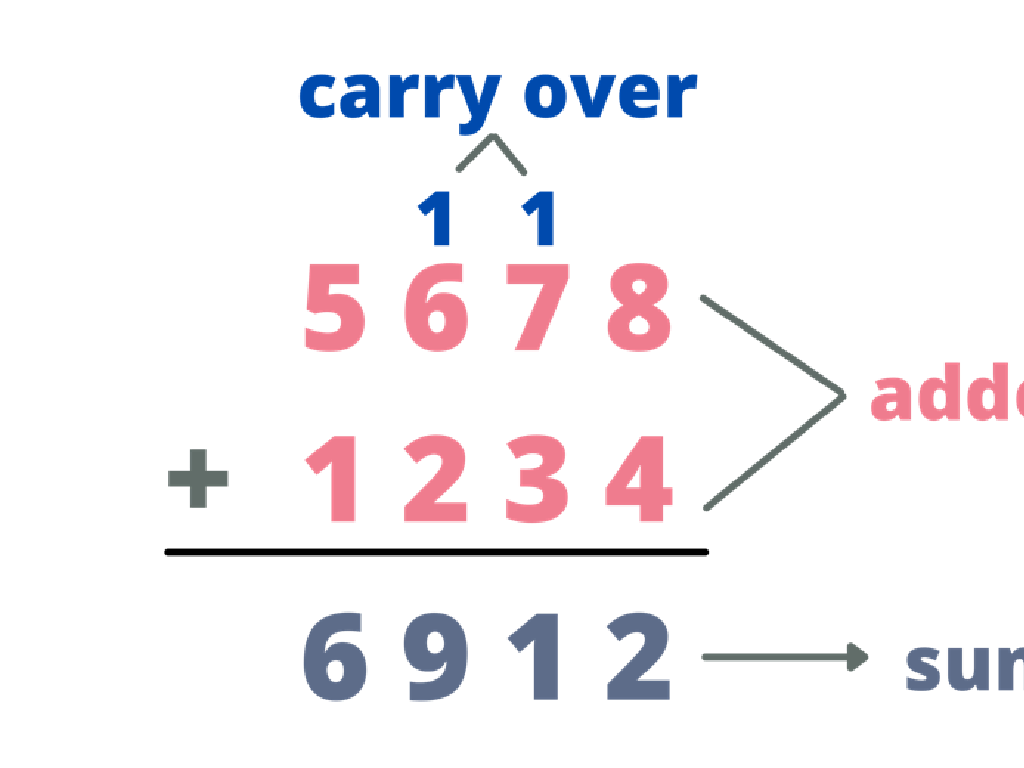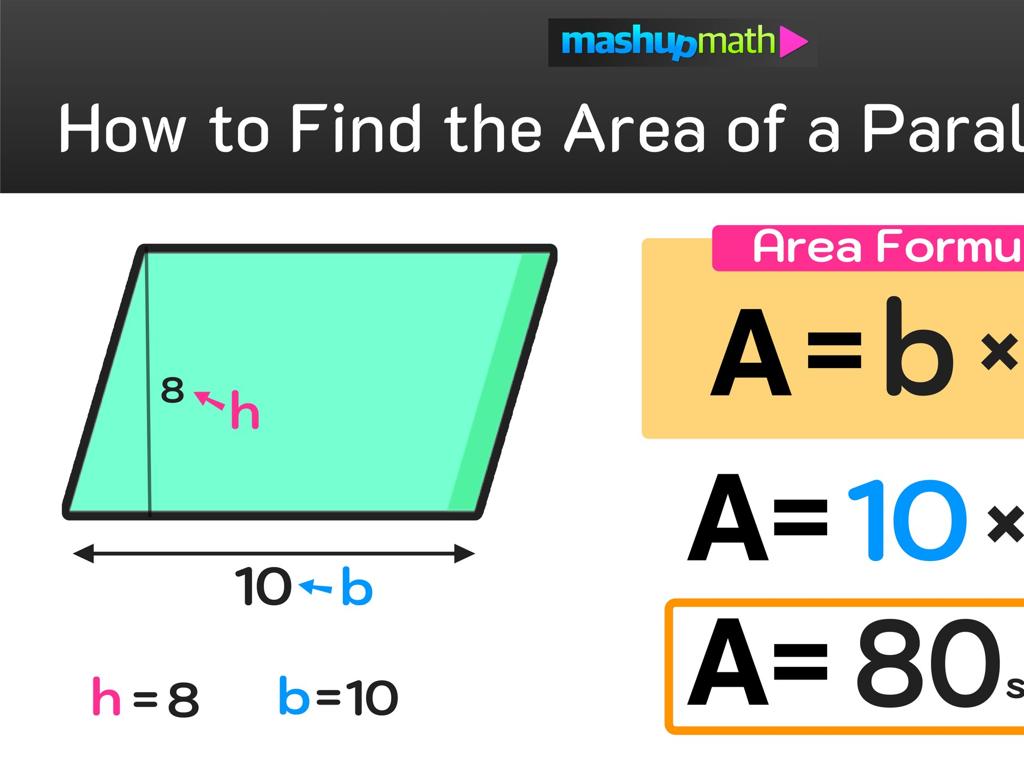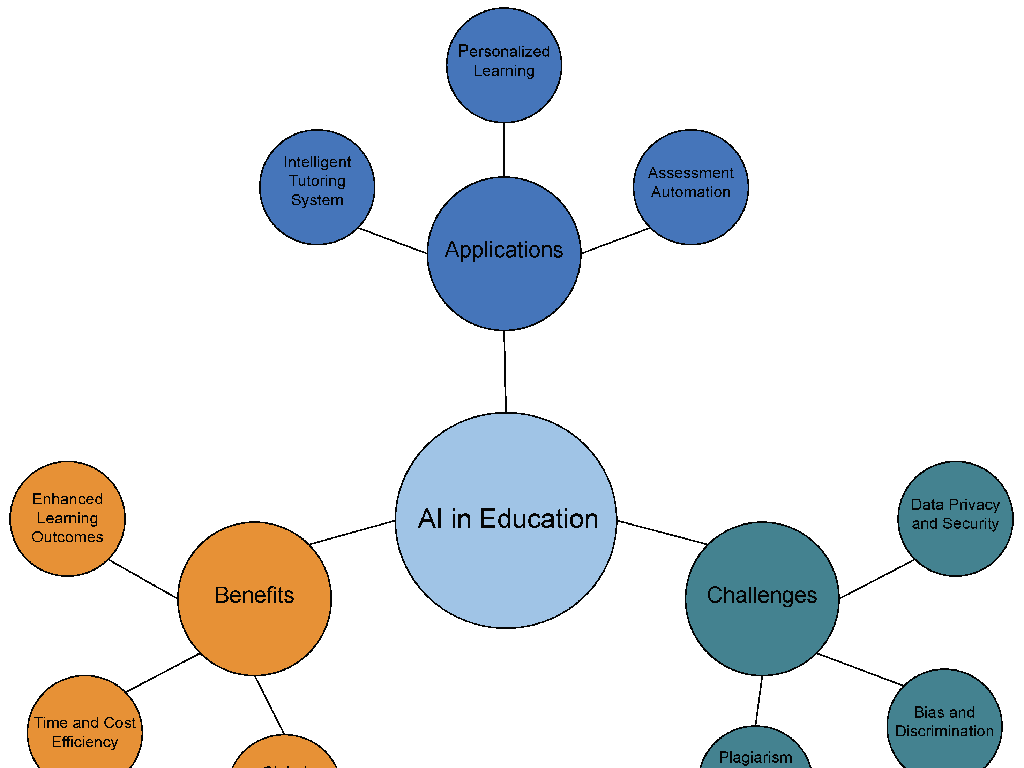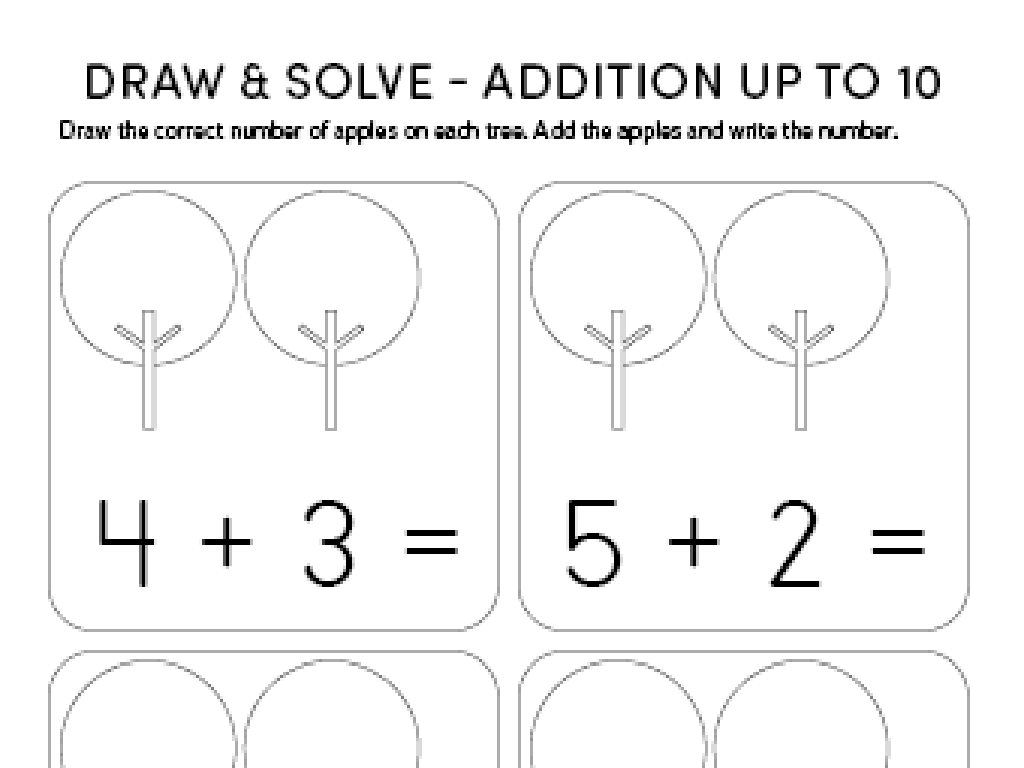Compare Cities And Rural Areas
Subject: Social studies
Grade: Kindergarten
Topic: Community
Please LOG IN to download the presentation. Access is available to registered users only.
View More Content
Welcome to Our Community!
– Learn about where people live
– Cities vs. rural areas
– Cities are big and busy, rural areas are smaller and quieter
– What makes them special?
– Cities have tall buildings, rural areas have more open spaces
– What is ‘community’?
|
This slide introduces the concept of community to Kindergarten students, focusing on the comparison between cities and rural areas. Begin by discussing the different types of places where people can live, emphasizing the contrast between the bustling environment of cities with lots of people and buildings, and the calm, spacious settings of rural areas. Engage the students by asking them what they think makes a community and what they know about cities and rural areas. Use this opportunity to build their understanding of the word ‘community’ as a group of people living in the same place or having a particular characteristic in common. Encourage them to share their own experiences of visiting or living in these different areas.
Exploring Our Community: The City
– Cities are big and bustling
– They have tall buildings and shops
– Streets are busy with people and cars
– What can we find in a city?
– Examples: Traffic lights, buses, stores, parks
|
This slide introduces kindergarteners to the concept of a city within their community studies. Emphasize the size and energy of a city, with its tall buildings and many shops. Discuss the hustle and bustle of city life, with lots of people and cars on busy streets. Engage the students by asking them to name things they might see in a city, such as traffic lights, buses, stores, and parks. Use this as an opportunity to build their vocabulary and understanding of community environments. Encourage them to think about any visits they may have made to a city and what they observed there.
Exploring Rural Areas
– Rural areas: country spaces
– Fewer buildings and more nature
– Farms and forests are common
– Places where food grows and animals live
– Lots of open space to play
– Big fields for running and playing
– Discovering rural life
– What animals and plants might we see?
|
This slide introduces kindergarteners to the concept of rural areas, emphasizing the abundance of nature and open spaces compared to cities. Use simple language to describe the characteristics of rural areas, such as farms, forests, and lots of room for outdoor activities. Encourage the children to think about what they might see in a rural area, like different types of plants, animals, and farming activities. You can ask them to imagine playing in a big open field or visiting a farm to see where our food comes from. This will help them understand the differences between their community and rural areas.
City Life vs. Rural Life
– Cities: Buildings close together
– Rural areas: More space and nature
– City sounds: Cars honking, people talking
– Examples: Sirens, music, construction
– Rural sounds: Birds chirping, wind blowing
– Examples: Animal noises, leaves rustling
|
This slide introduces the concept of community and the differences between city and rural life to Kindergarten students. Emphasize the closeness of buildings and the hustle and bustle of city life, contrasting it with the open spaces and natural surroundings of rural areas. Use sound as a relatable way to distinguish between the two settings. For city sounds, mention common noises like traffic and crowds, and for rural sounds, highlight nature-related sounds. Encourage the children to share their own experiences of sounds they’ve heard in different places. This will help them understand the contrast between urban and rural environments in a tangible way.
Getting Around: City vs. Rural
– City travel: buses, subways, walking
– In cities, it’s easy to hop on a bus or subway, or just walk to where you need to go!
– Rural travel: cars or trucks needed
– In the countryside, places are far apart, so cars or trucks take us further.
– How do we travel in our community?
– Differences in city and rural travel
– Cities have lots of public transport, rural areas have more open space and fewer buses or trains.
|
This slide aims to help Kindergarten students understand the differences in transportation between cities and rural areas. Begin by discussing the common modes of transportation in cities, such as buses, subways, and walking, which are convenient due to shorter distances and more compact living spaces. Contrast this with rural areas, where destinations are spread out, making cars or trucks necessary for travel. Engage the students by asking them about their own experiences with transportation in their community. This will help them relate to the topic and understand the practical implications of living in different areas. Use simple language and real-life examples that are relatable to their daily lives.
Jobs in Our Community
– Cities: Many job types
– Teachers, doctors, shop owners
– Rural areas: Nature-related jobs
– Farmers, ranchers, nature work
– Family members’ jobs
– Discuss our community jobs
– Let’s talk about what jobs people do in our city and countryside!
|
This slide aims to introduce the concept of different jobs available in various communities to Kindergarten students. Start by explaining that in cities, there is a wide range of jobs like teaching, healthcare, and retail. In contrast, rural areas often have jobs that are more connected to the environment, such as farming and ranching. Ask the students about the jobs their family members have to make the topic more relatable and to engage them in a conversation about their own community. This will help them understand the diversity of work people do and how it relates to where they live. Encourage the children to think about what they see around them and to share their thoughts on the different jobs that help make a community.
Places We Visit: City vs. Country
– Cities and rural areas have fun places
– Cities: museums and theaters
– Think of a big building with art or plays
– Countryside: lakes and trails
– Imagine open spaces with water and paths
– What’s your favorite community spot?
|
This slide aims to compare the different types of places children can visit in cities and rural areas, emphasizing that both environments offer unique and enjoyable experiences. Highlight that schools and parks are common in both but point out that cities often have cultural hubs like museums and theaters, while rural areas offer more natural settings like lakes and hiking trails. Encourage the children to think about and share their favorite places in their own community, fostering a connection between the lesson and their personal experiences. This discussion can help them appreciate the diversity of environments and the value each one brings to a community.
Class Activity: Our Community Collage
– Create a city and rural area collage
– Use pictures and drawings
– Include buildings, nature, and people
– Think about the differences
|
This activity is designed to help Kindergarten students visually differentiate between a city and a rural area. Provide a variety of magazines, pictures, and drawing materials. Encourage the children to think about the types of buildings they see in a city versus those in a rural area, the different natural elements like trees or skyscrapers, and the variety of people and activities they might find. Possible activities: 1) Group collage creation where each student contributes a piece. 2) Individual collages on paper plates. 3) A classroom mural with a city on one side and a rural scene on the other. 4) Sorting game with images to categorize before gluing. 5) A storytelling session where students explain the scenes they created.





